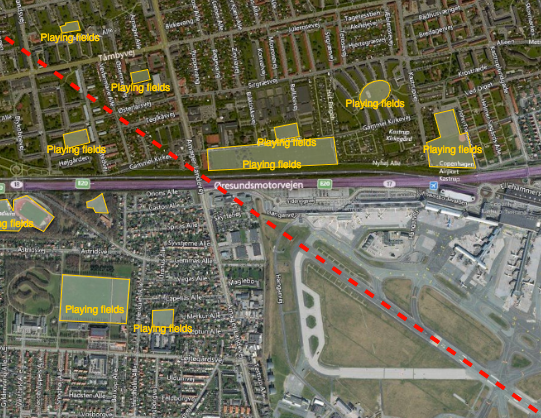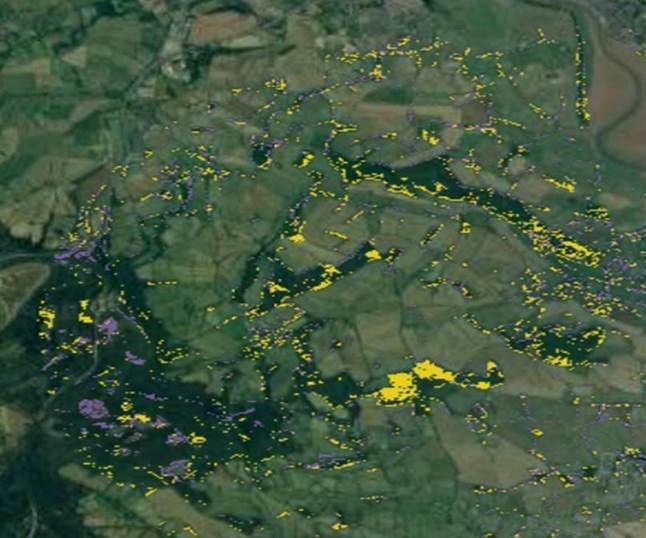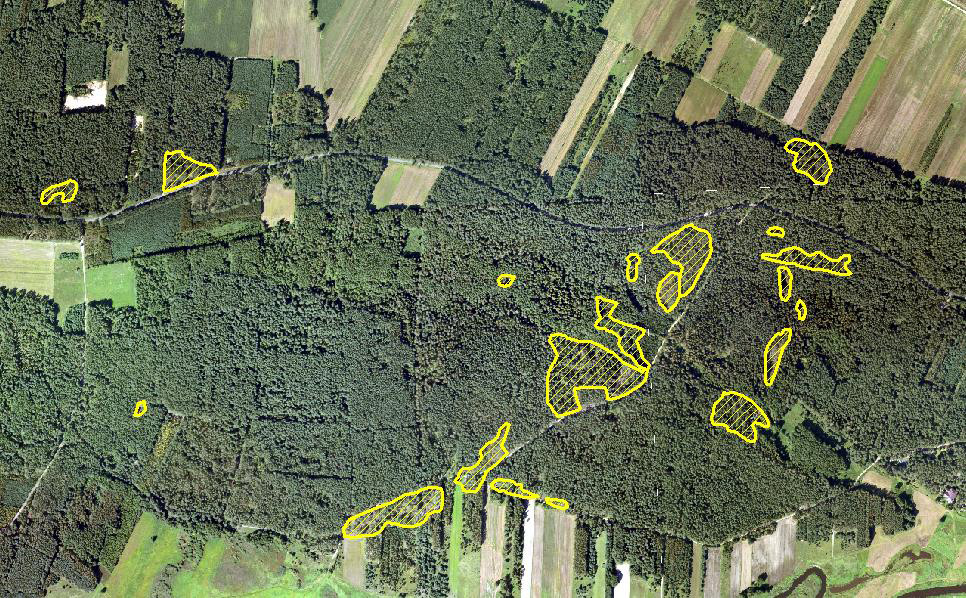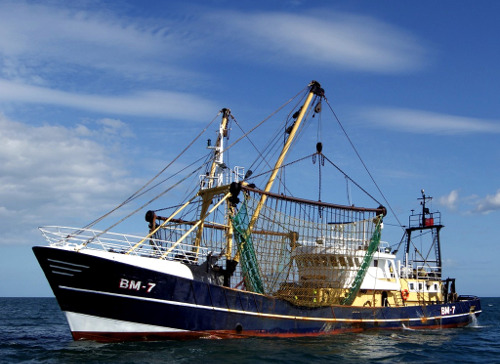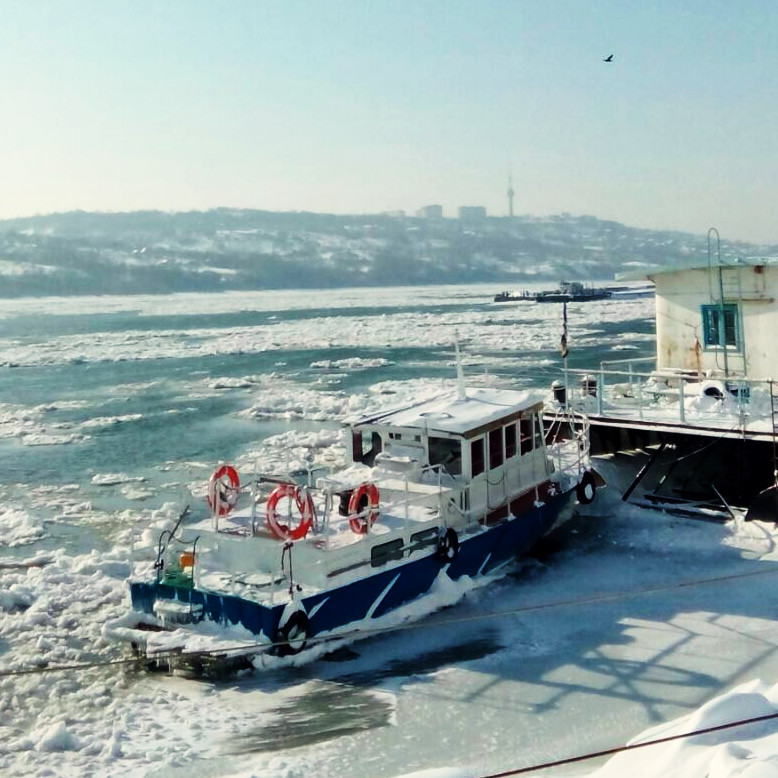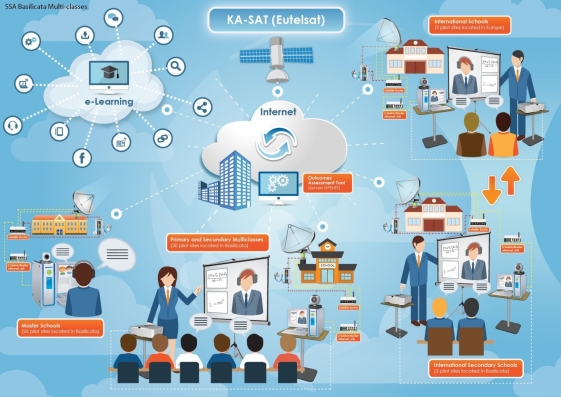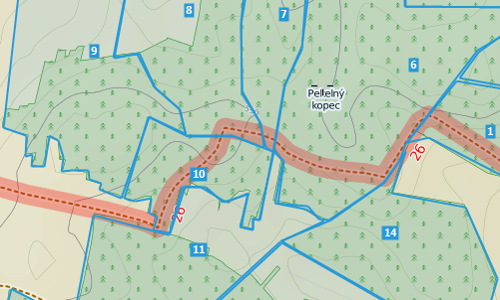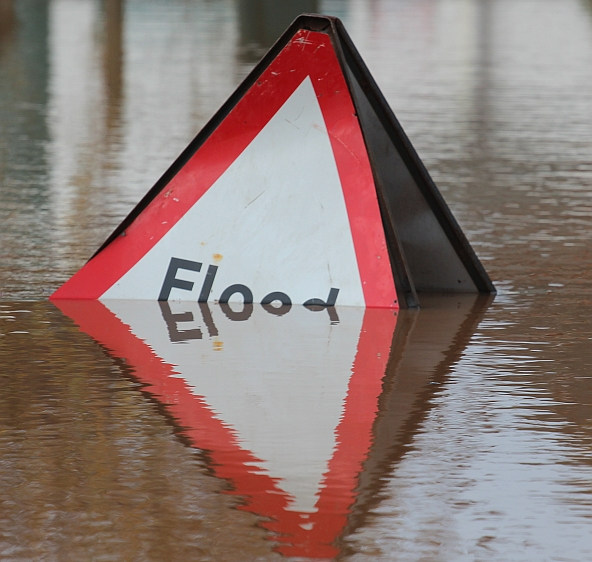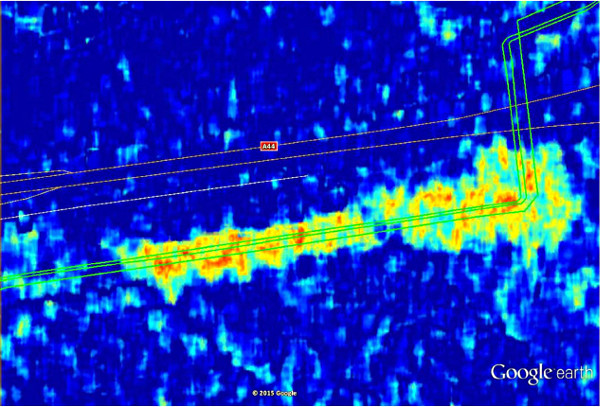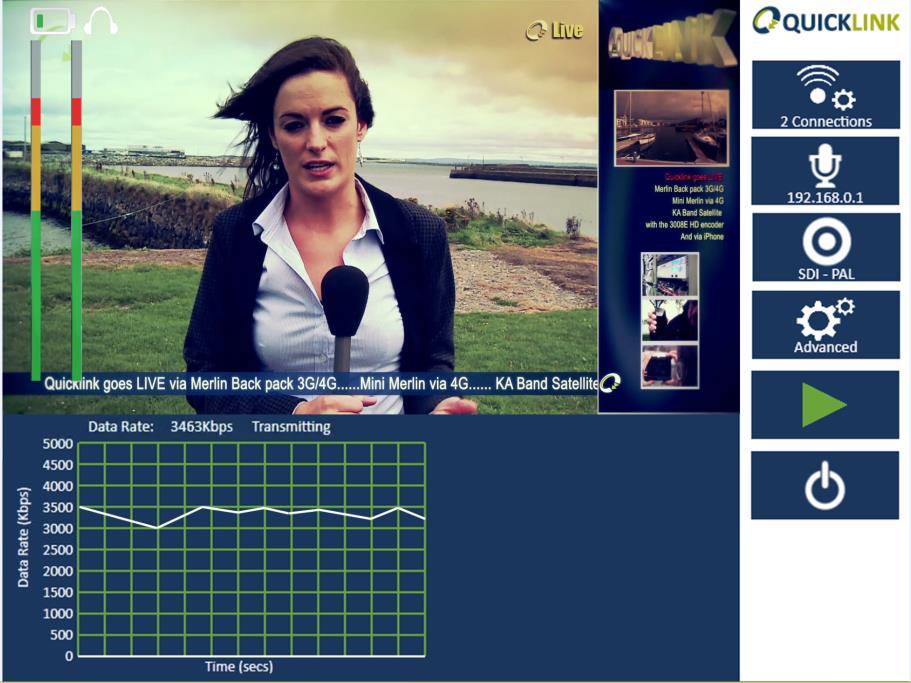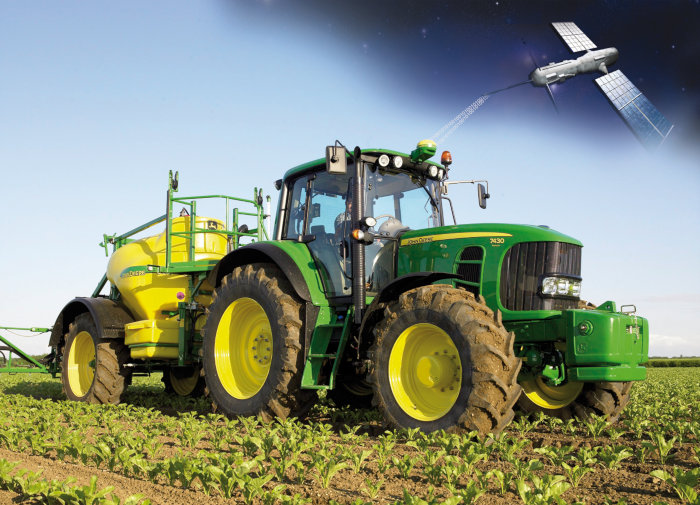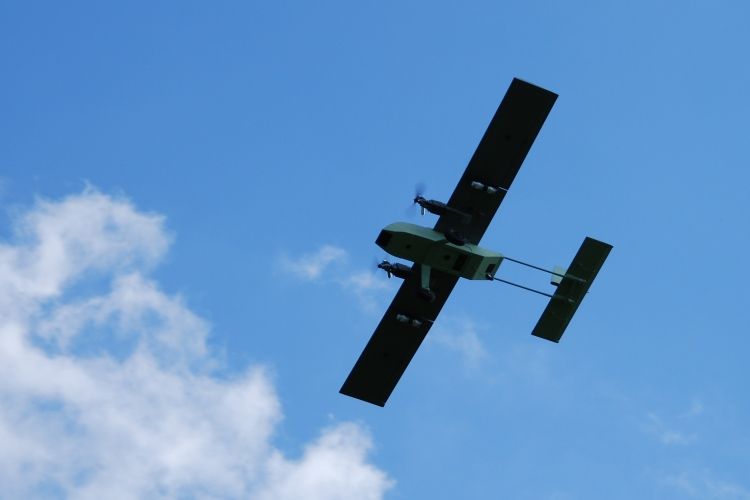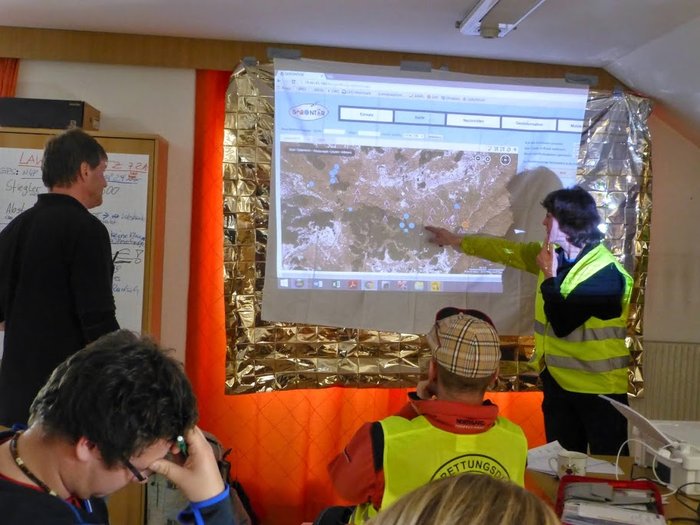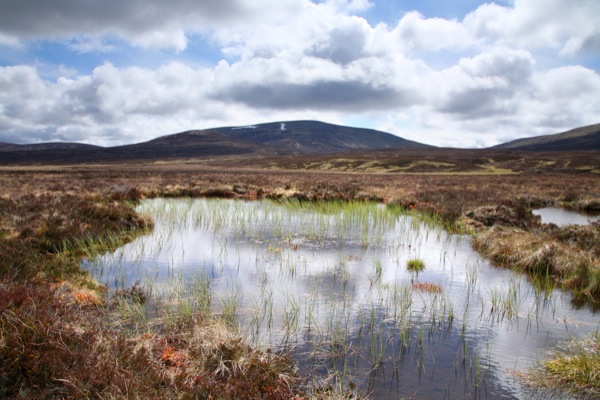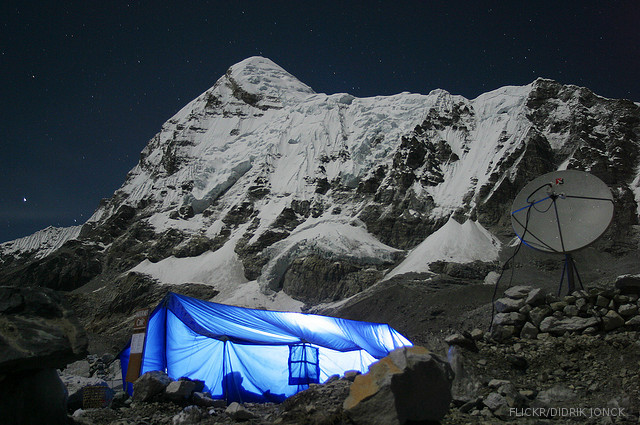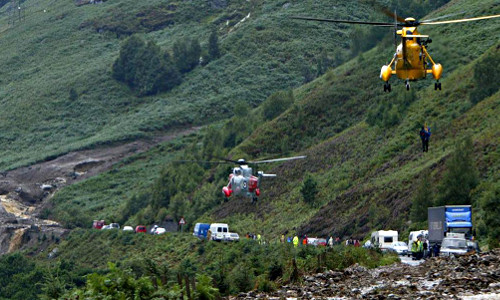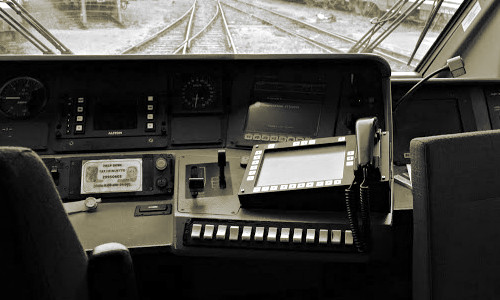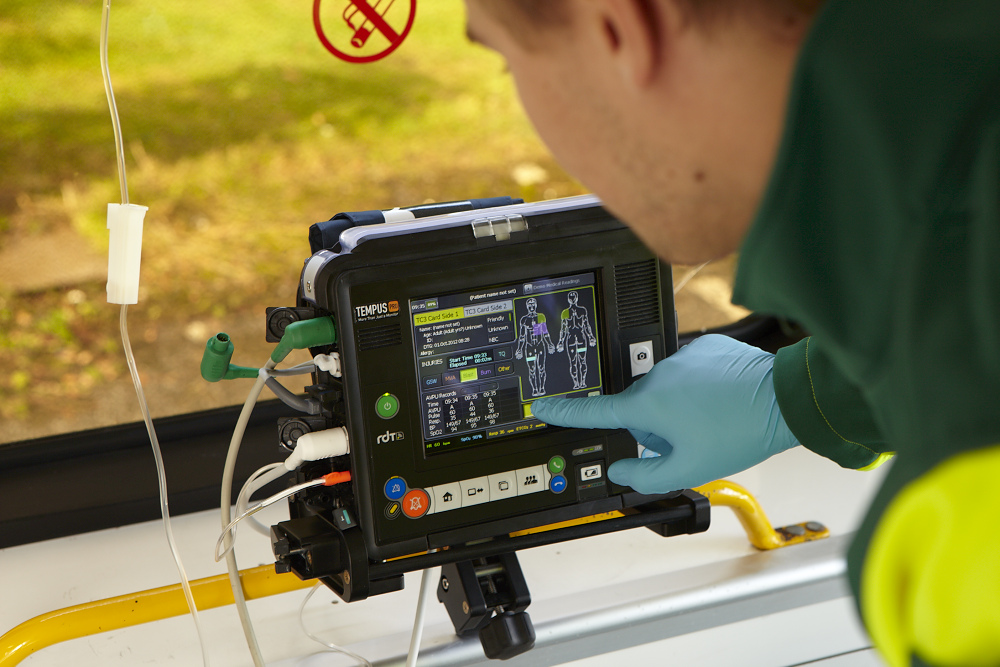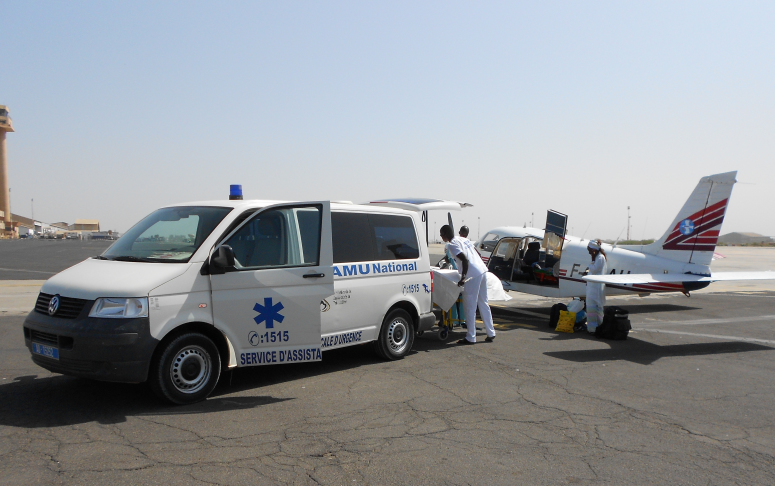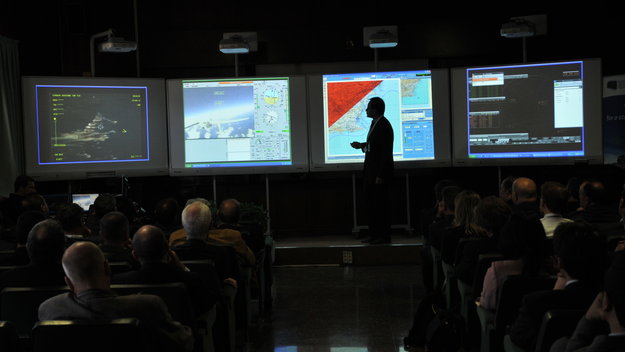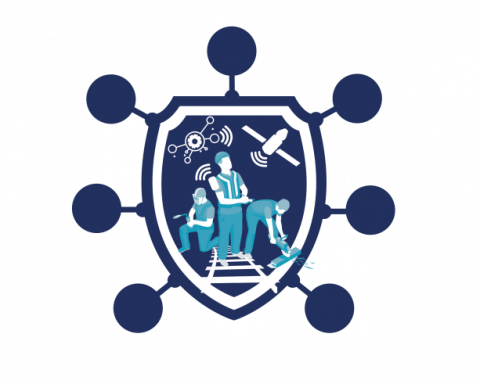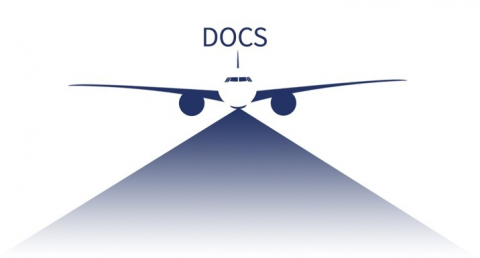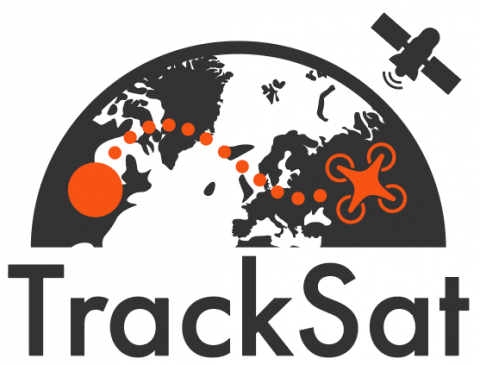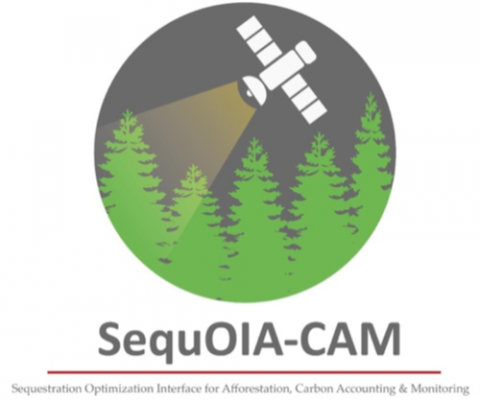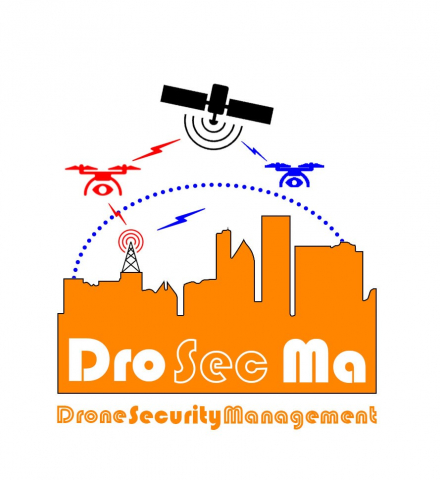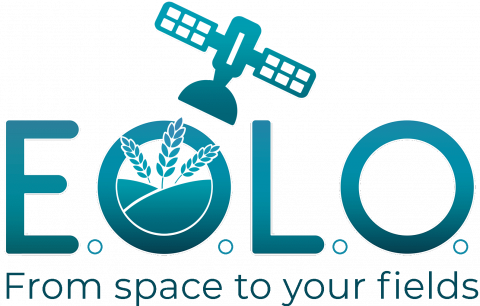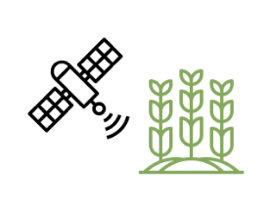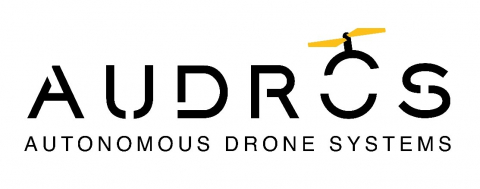Reducing the risk of bird strikes using satellite images and Ascend’s Normalised Difference Water index software (NDWI)
BROWSE PROJECTS
Based on user needs and industry skills, the evolution of customized solutions and the establishment of innovative services is accomplished through project activities. Focusing on various thematic areas, relevant information on the project activities is provided below.
CertiPro
Status date: 28 February 2023
In this truly European project, an innovative railway track worker protection system will be evaluated for its reliability and its ability to enhance the safety of railway track workers. The goal is to demonstrate the safety capabilities of the track worker protection system in a real environment, integrated into the challenging infrastructure of a railway operator in Italy.
DOCS-2
Status date: 15 March 2023
Using civil aircraft to create constellations for providing high spatial & temporal Earth observation data and telecommunication services; a most ecological constellation re-using the most reliable platform.
GIADA
Status date: 15 March 2023
GIADA exploits gravity field observations, mainly derived from GOCE mission, with others in situ data to build a 3D model of the Earth crust at regional scale. The service results help oil & gas and mining companies in the preliminary exploration activities to identify regions with high potential in terms of natural resources exploitation.
Other industries which can take benefit from the service results are mining companies, or more in general companies requiring a good knowledge of the geological setting at regional scale for resource exploitation purposes.
TrackSat
Status date: 15 March 2023
Development of a standalone drone tracking service capable of transmitting its position over 4G network during normal flight, addressing drone flight regulations. In case of a crash, the drone will use satellite IoT connectivity to send its latest known position.
SequOIA-CAM
Status date: 14 March 2023
SequOIA-CAM offers an end-to-end biological carbon accounting, vegetation monitoring and carbon stocks sequestration rate simulation service for sustainable cities, regions, forest owners, and forest-related companies. SequOIA-CAM leverages the unique capabilities of Satellite-based Earth Observation (EO) that provides the necessary high spatial and temporal resolution and cost-effective monitoring capacity to ensure that nature-based solutions are implemented correctly and to ensure accurate quantification of carbon stocks in forests.
SWESAT
Status date: 04 November 2022
Remote measurements of snow storage with acceptable accuracy is a long awaited solution by the hydropower industry due to its potential in providing high number of data points and high spatial coverage. We demonstrate a novel approach to derive snow storage (SWE) by use of L-band radar measurements in combination with the interferometry technique.
DroSecMa
Status date: 13 March 2023
“The fence no longer defines the perimeter.” Exponential increase in capability and reduction in cost has made drones a truly disruptive technology. Their capabilities may be leveraged for significantly improved surveillance and data collection but that also
represent a significant and evolving threat. DroSecMa leverages the capabilities of drones while providing real-time threat mitigation.
OWASIS-NL CCN
Status date: 13 March 2023
OWASIS Water Auditing demonstration project made suitable for implementation in South Africa, Colombia and the Netherlands based on data availability and user needs.
EOLO
Status date: 13 March 2023
EOLO aims to provide the corn growers with an agritech cloud-based platform which allows to save water and energy by predicting the optimal water needs, monitoring the crop health through the use of vegetational indexes and controlling the irrigation system remotely. These features are implemented by leveraging both EO and on-ground sensors data and by fusing them with machine learning algorithms.
SoilSignal
Status date: 13 March 2023
SoilSignal provides an accurate, scalable and reliable decision support tool for farmers, for soil health management including irrigation management and fertiliser management. Using Earth Observation data and Machine Learning/AI, SoilSignal, powered by Deep Planet’s AI platform, predicts soil health properties at 90% accuracy.



